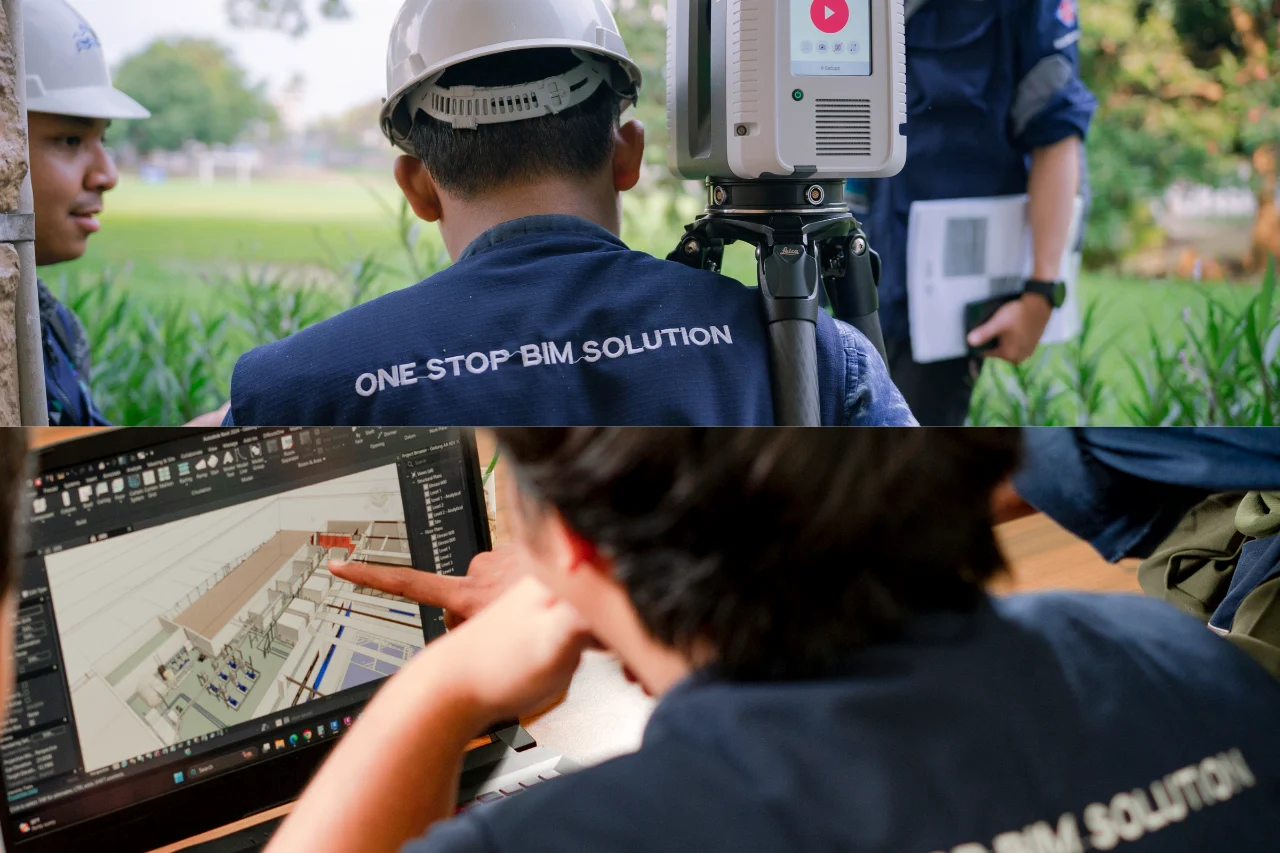One Stop BIM Solution
P&ID (Piping and Instrumentation Diagram) is a graphical representation of piping and instrumentation systems used in industries such as oil and gas, manufacturing, and chemical. P&IDs use simple symbols that describe each instrument and how they relate to each other. To understand these diagrams properly, an understanding of the symbols, process flow, and control systems used is required. Here are tips and tricks to read Piping and Instumentation Diagram (P&ID) quickly.
1. Start with major equipment
Major equipment such as tanks, pumps, or processing units are usually easier to identify. Using major equipment as a starting point will help in understanding the rest of the process.
2. Get to know the P&ID symbols
P&IDs use simple symbols that describe each instrument and how they relate to each other. To ensure uniformity and clarity, P&ID symbols must comply with standards. The standard that is often used is ANSI/ISA-5.1 (International Society of Automation): Instrumental Symbol and Identification.
3. Follow the flow path
Understand how the fluid or gas flows in the system following the arrows on the pipe. The flow path can be seen by identifying the source of the fluid, then following the path of the pipe from inflow to outflow. Also note the position of valves that can affect fluid flow.
4. Pay attention to controls
In the P&ID, there are various control instruments that regulate the process, such as sensors, controllers, or actuators. These various instruments need to be considered so that there is no mistake in understanding the P&ID.
5. Look at the label
Each component has a unique code that can help us understand its function. The format of the tag number on the P&ID is generally XX - YYYY. In XX, the first letter indicates the variable being measured (Pressure, Level, Flow, or Temperature) and the second letter indicates the function of the component (Indicator, Recorder, Controller, Transmitter). While YYYY is a unique identification number. For example: TI - 206 means Temperature Indicator - number 206.
6. Recognize the relationship between instruments and control systems
The relationship between equipment and instruments can be identified by lines and arrows. For example, a dotted line means an electrical signal.
7. Use Legend as Reference
P&ID diagrams always come with a legend that explains the meaning of each symbol used. If you find an unfamiliar symbol, check the legend section.
8. Always practice reading P&IDs
The more you read and analyze various P&ID diagrams, the easier it will be to master them.
Reading P&ID diagrams requires an understanding of symbols, process flow, and control systems used in an industry. By applying the tips and tricks above and practicing often, you can read and analyze P&IDs more quickly and effectively.





